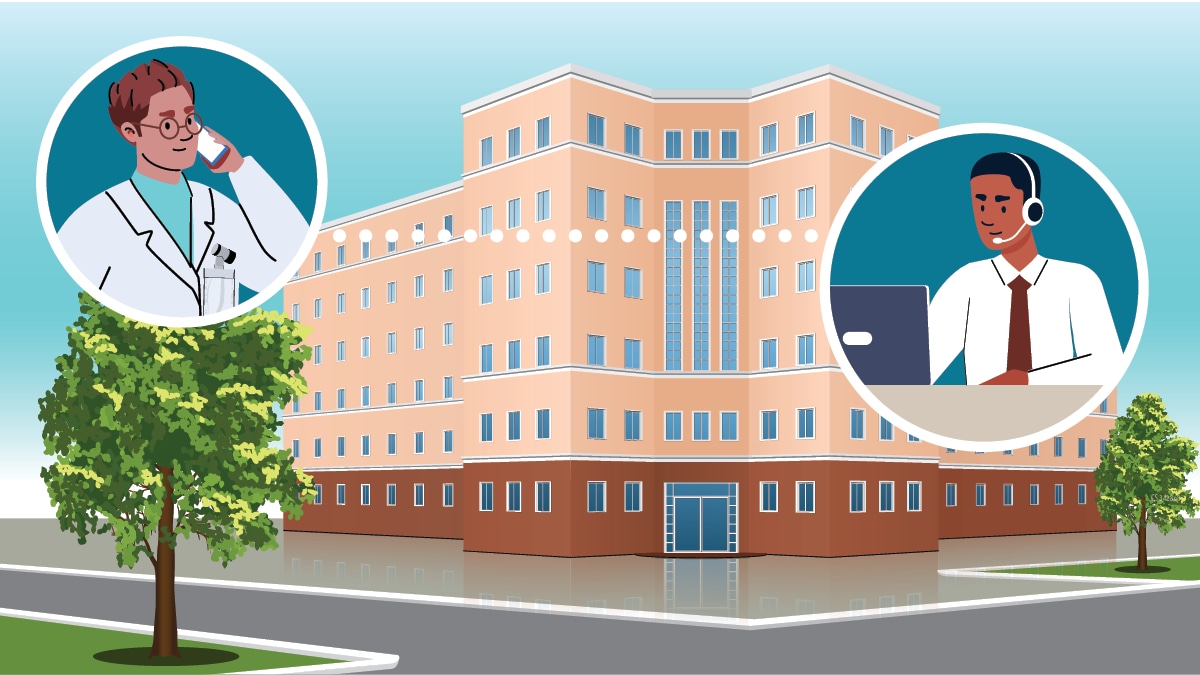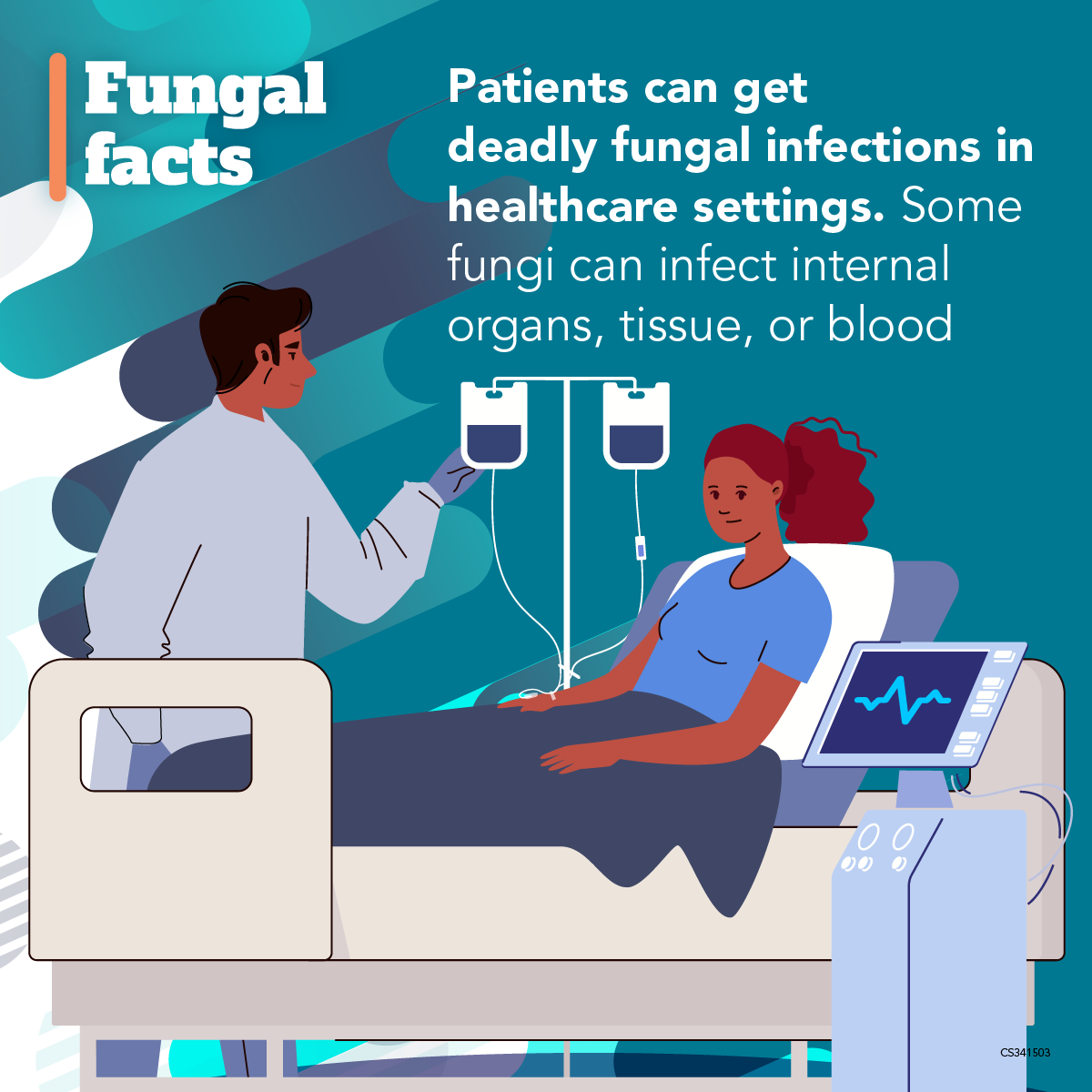Key points
- Fungal disease outbreaks are rare.
- Outbreaks can occur in healthcare settings and workplaces. Some have occurred following extreme weather events.
- Health departments and healthcare providers can contact CDC for support with outbreak prevention and response.
- The National Outbreak Reporting System (NORS) collects reports for outbreaks of blastomycosis, coccidioidomycosis, histoplasmosis, and sporotrichosis.

Action steps
Report any suspected or confirmed fungal disease outbreak to the local health department. Health departments can start investigations with assistance from CDC.
Local health departments
Healthcare providers and anyone who suspects a fungal disease outbreak should contact their state or local health department.
For healthcare-associated outbreaks: contact your healthcare-associated infection (HAI) coordinator.
CDC assistance
State and local health departments and healthcare providers can contact CDC for assistance including:
- Fungal laboratory diagnostics
- Epidemiologic investigation
- Clinical guidance
- Outbreak response
CDC contact information for fungal disease outbreaks
fungaloutbreaks@cdc.gov for mold-related and all other suspected or confirmed fungal disease outbreaks.
candidaauris@cdc.gov for Candida auris (C. auris) outbreak prevention or response.
Healthcare-associated outbreaks
Candida auris
The fungus Candida auris (C. auris) has been linked to outbreaks in healthcare settings throughout the world and the United States. C. auris is especially challenging because it spreads easily and persists on surfaces a long time needing additional infection control measures.
Find more information on C. auris infection prevention and control.
Molds (Aspergillus and mucoromycetes)
Rarely, mold can cause outbreaks in healthcare settings. Some outbreaks have been linked to local construction, ventilation systems, contaminated healthcare linen, and contaminated medical instruments.
Find more information for healthcare professionals on mold outbreaks.

Contaminated medicines or medical devices
Infection protection and control measures prevent fungal infections during medical procedures. On rare occasions, medications or medical devices used for invasive procedures have been contaminated with disease-causing fungi. The fungi causing these outbreaks can be difficult to identify.
Examples include two fungal meningitis outbreaks:
- Multistate outbreak linked to steroid injections, 2012.
- Outbreak linked to surgeries with epidural anesthesia in Mexico, 2023.
Environmental and occupational outbreaks
Environmental fungi can also cause outbreaks, although it is rare. Outbreaks are defined as two or more cases linked to a common source. This may occur in a workplace, in particular at construction sites or in laboratories. Outbreaks can also occur following extreme weather events or at outdoor public settings like campsites. Some fungal diseases that have been associated with outbreaks include blastomycosis, coccidiomycosis (Valley fever), histoplasmosis, and sporotrichosis.
National Outbreak Reporting System
Health departments are encouraged to report outbreaks of blastomycosis, coccidioidomycosis, histoplasmosis, or sporotrichosis to the National Outbreak Reporting System (NORS). Even small outbreaks (just two cases, for example) can be reported through the NORS platform.
Anyone who suspects an outbreak should contact their local health department.
